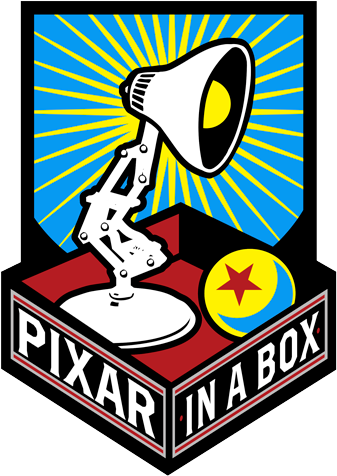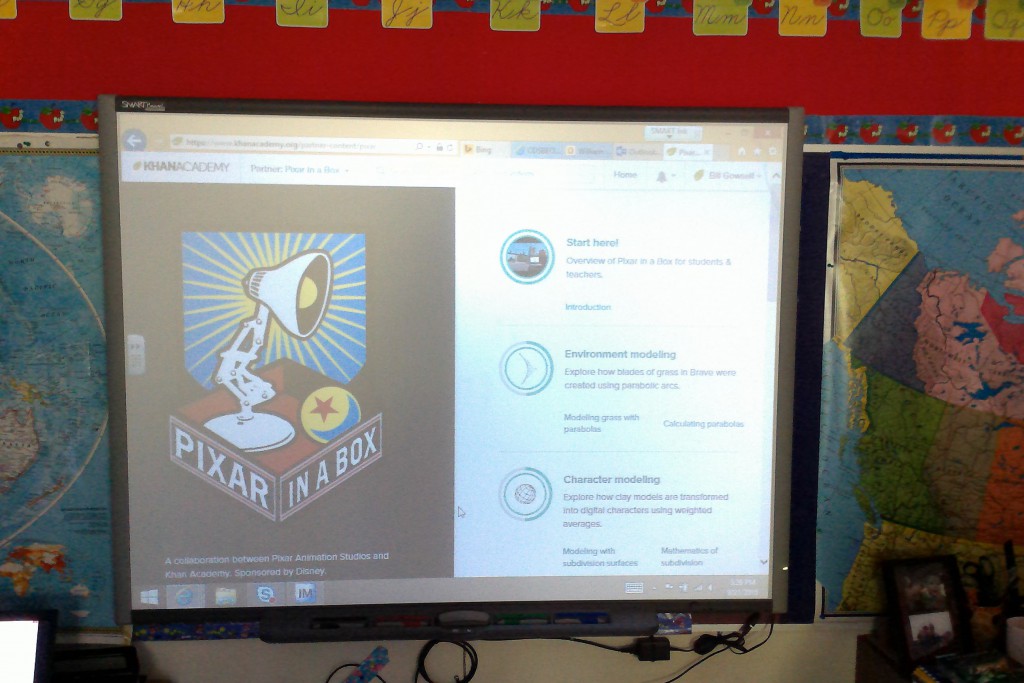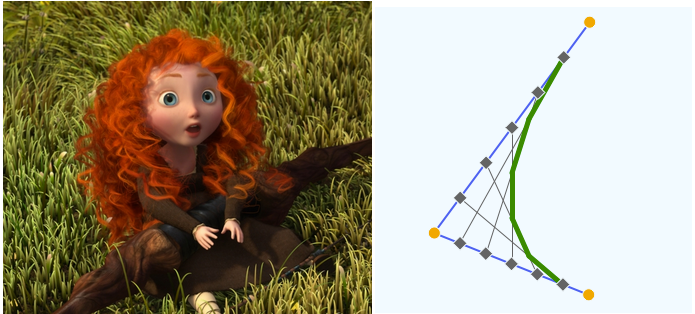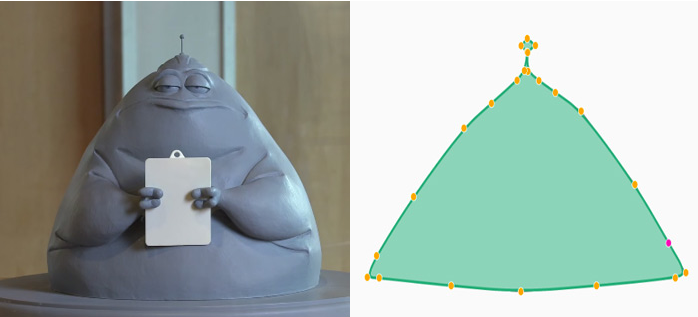Class is in Session with Pixar in a Box
I have been teaching elementary school for the last ten years. In that decade, I have been given multiple resources that tell me, “this will really reach the kids” or “this will help the students that are falling behind”. As a result, I wondered how interested my class would be using Pixar in a Box.

I figured it would be hard to put what Pixar does into a box, but the partnership between Pixar Animation Studios and Khan Academy certainly tries its best. Designed to answer the age-old question that every student asks when learning math, "why do I need to learn this stuff," Pixar in a Box is composed of 6 sections: Environment Modeling, Character Modelling, Crowds, Animation, Sets and Staging, and Rendering. Each section teaches math concepts that are commonly used during the creation of a Pixar movie.
You start with a short video following Pixar employees as they take you through the different stages of development at the studio that help create a Pixar movie. The videos are short, engaging, and entertaining. This is where a lot of education resources tend to miss the mark; they want to over explain or complicate matters. Pixar in a Box lists for each lesson the appropriate grade and expectations it is targeting based on the Common Core State Standards, from typically grade 5 to high school. I liked how I could go in and choose the specific lessons I wanted and knew which one’s applied to my students right away.
We previewed all of the six sections as a whole class watching each instructional video and then discussing the math concepts involved and how it could be used in the process of making an animated film. My grade 6 students were amazed at the amount of math calculation needed in the creation of movies like Toy Story and Inside Out.
I enjoyed the many appearances by the people involved in the creation of the Pixar movies. From John Lasseter in the introduction to Mark Andrews talking about the complexity of animating grass in Brave, Pixar in a Box has a changing cast of characters that all focus on one message: math is important and you need it to be successful. The students liked the lesson videos but they wanted to play, and so I turned them loose with iPad’s and free time to explore.
Students were drawn to Environment Modeling, Character Modeling, and Animation.
Environment Modeling was all about animating grass. The students enjoyed how they could manipulate the blade of grass and make it dance. After the students got to animate the grass, they could then test their animation and watch a section of grass blowing around in the wind. One student in particular loved how you could make the grass dance and see the result of your work instantly. Another student said that while he was animating grass he got to see a bigger picture of movie making.

Character Modelling had a lot of interest because the students liked how they could manipulate three-dimensional objects and make their own shapes. Every student at some point in the class was working on ways to create their own character, and to quote some of my students, “I loved animating the 3D shapes,” and “you could make whatever you want.”

In Animation, my students spent time animating the famous bouncing ball from the Pixar shorts. Students were intrigued how they could cause the ball to expand and contract depending on how they positioned it and the speed they animated at. Students that spent significant time in the Animation section mentioned how amazed they were at controlling the reactions and effects of the ball.

We spent a week of class time exploring Pixar in a Box. I feel like this is a useable website for a variety of students. The lessons are fun, with multiple interactive activities that allow students to explore the real life use of math in the creation of animated films. I really liked how, if you had a question, you could post it on the question section and it would be answered. I took the time and read some of the questions and, even though some questions had nothing to do with the lessons or activities on the site, there were still answers. This lets me know that the designers and operators of Pixar in a Box are paying attention.
As a teacher, I see Pixar in a Box giving students a chance to connect with movies they enjoy and viewing a small glimpse of what it takes to produce an animated film. The math lessons are short and to the point, and the interactive activities that follow get students doing the math. One of the problems I have had with students in math class is encouraging them to actually try the math and Pixar in a Box shines at getting the students working.
Overall, I highly recommend Pixar in a Box.
Pixar in a Box can be accessed by visiting PixarInABox.org
